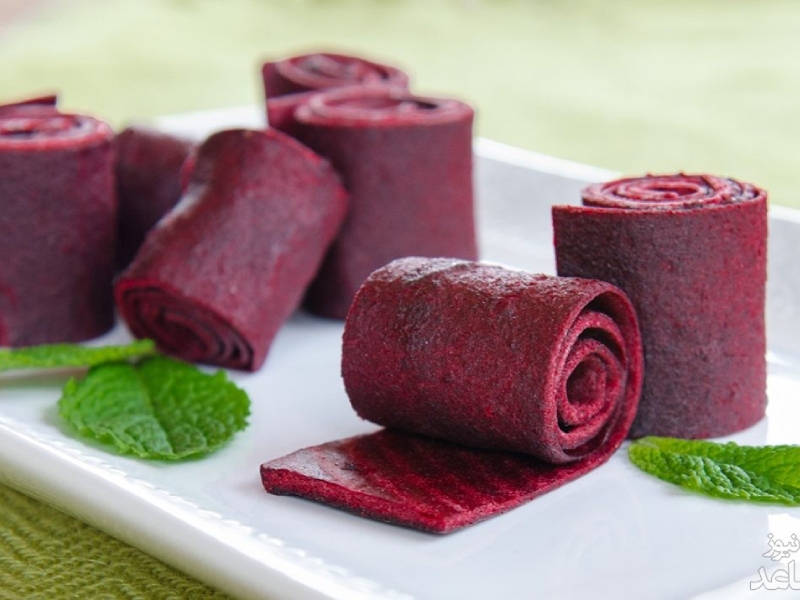Fruit Leather: Opportunities and Challenges in Domestic and International Markets
Fruit Leather, as a delicious and popular snack, has maintained its position in various markets due to its nutritional value and diverse flavors and types. Not only does this product have a high nutritional value, but it has also expanded into export markets. This article explores the production process, types and characteristics of Fruit Leather, its export potential, and the opportunities and challenges in both domestic and international markets.
Production Process of Fruit Leather
The production of Fruit Leather involves a complex and precise process, including the following stages:
- Preparation of Fruits: Selected fruits for Fruit Leather are cleaned, dried, and if necessary, mashed into puree.
- Mixing and Cooking: The fruit puree is mixed with ingredients such as sugar, gelling agents, and essences, and then cooked thoroughly.
- Drying and Packaging: The final product after cooking is dried thoroughly using various drying methods and then packaged to prevent moisture and contamination.
Types and Characteristics of Fruit Leather
Fruit Leather comes in various types based on the type of fruit, flavor, and added ingredients. Some common types include:
– Single Fruit Fruit Leather: Such as strawberry or apple Fruit Leather.
– Mixed Fruit Fruit Leather: Combinations of several fruits like mixed berry Fruit Leather.
– Herbal Fruit Leather: Made from herbal extracts such as aloe Vera or mint.
– Specialty Fruit Leather: Variants like honey Fruit Leather or those enriched with added vitamins.
Exporting Fruit Leather
Due to its variety and pleasant taste, Fruit Leather is recognized as a significant export commodity. The advantages of exporting Fruit Leather include:
– International Acceptance: Fruit Leather is well-received as a desirable product in global markets.
– Increased Revenue: Exploring new export markets contributes to discovering and increasing company revenue.
Opportunities and Challenges in Domestic and International Markets
Opportunities:
-Increasing Consumer Awareness of Health: Consumers are seeking healthy and natural products, where Fruit Leather is considered a favorable choice.
– Expansion into New Markets: Expanding export opportunities through appropriate distribution networks and marketing strategies.
Challenges:
– Intense Competition: The Fruit Leather market both domestically and internationally is highly competitive, requiring strong marketing strategies.
– Quality and Standards Issues: Adhering to quality and hygiene standards is crucial for entering international markets.
Fruit Leather presents a lucrative opportunity for food production companies due to its export potential and popularity in the domestic market. By offering high-quality products and employing effective marketing strategies, companies can reach new markets and enhance their revenue.

